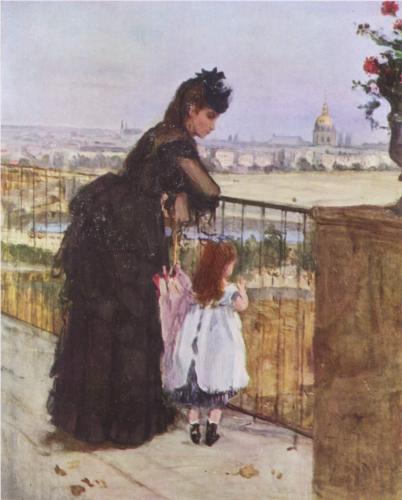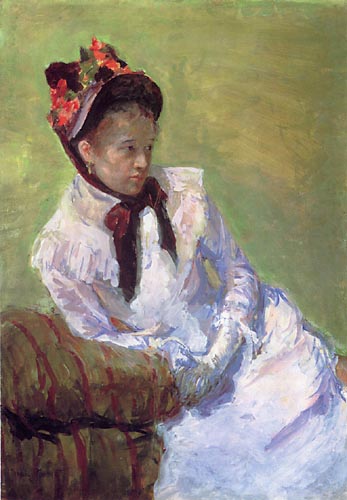Paul Smith, Impressionism and the Impressionists
Feminist Interpretations of Impressionism
Feminist art history combines a good deal of what is best about social and psychoanalytical art history (see below), although at times it tends to impose a rigid kind of re-description on artist's intentions and paintings at the expense of historical accuracy. Impression, Sunrise is not the most obvious candidate for this kind of interpretation, as feminist histories of impressionism have concentrated on how beliefs about gender (and psychoanalytical factors) might have affected what and how men and women painted. For example, it empahsises how the subjects painted by 4 men and women were different because the social spaces available to them were different, and on how men and women viewed one another differently.
However, looking at a number of paintings, it is obvious that beliefs about gender affected the range of subjects that the men and women impressionists could paint easily. The men were free to go more or less anywhere (including the café and the brothel) without breaking taboo, and the paintings of Degas, Renoir and other male impressionists show the wide variety of places they entered and used for motifs (or "subjects").

Berthe Morisot, On the Balcony (1871-1872)

Mary Cassatt, Self-portrait)(c.1878)